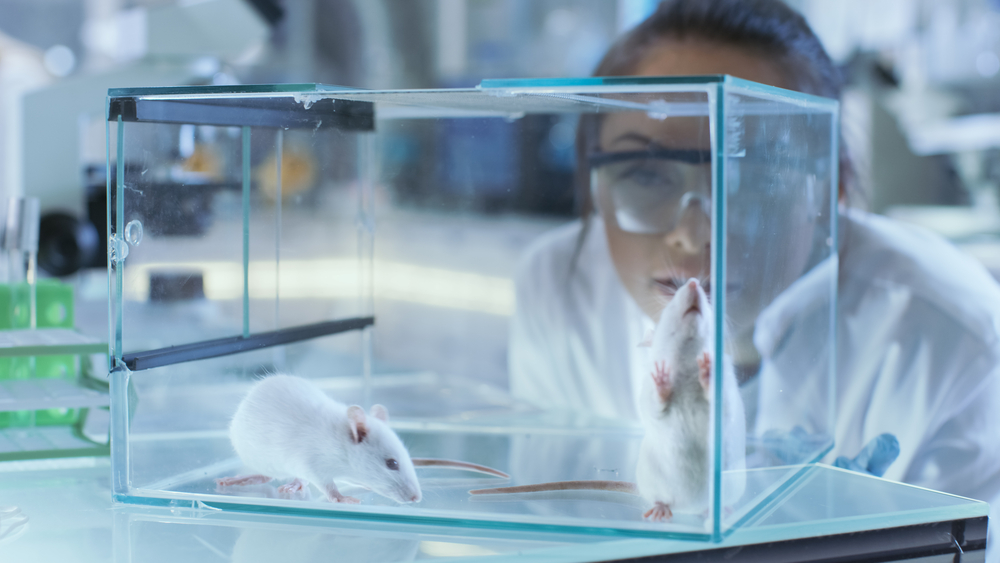New Mouse Model Reveals Process Involved in Neuroinflammation in ALS, Other Disorders

A new mouse model developed by researchers at Karolinska Institute in Sweden revealed a molecular mechanism that may contribute to the development of neurodegenerative diseases such as amyotrophic lateral sclerosis (ALS) or multiple sclerosis.
The mouse model was described in the study, “Fatal demyelinating disease is induced by monocyte-derived macrophages in the absence of TGF-β signaling,” published in the journal Nature Immunology.
Growing evidence has demonstrated that the immune system plays a critical role in neurodegenerative diseases.
Abnormal activity of the immune cells in the brain and spinal cord have been shown to sustain pro-inflammatory signals that contribute to the degeneration and death of brain cells.
But studies have also suggested that some of these cells can protect nerve cells from the damaging effects of faulty toxic proteins, and support normal function of brain cells.
These contradictory findings highlight the need for more knowledge about this issue, especially in identifying which mechanisms may contribute to the different roles of immune cells.
A signaling protein called TGF-β has been previously linked to ALS, but it is mostly known for its regulatory role in several tissue-resident immune cells called macrophages, including brain resident macrophages, called microglia.
TGF-β does not control the survival of these cells in the brain, but it is responsible for maintaining the genetic signature that characterizes these immune cells.
A team led by Swedish researchers hypothesized that a subset of immune cells called monocytes — which, under specific signals, can transform into macrophages — could become microglia-like cells in response to TGF-β activation signals.
“We already knew that TGF-β is produced in the brain and is important for giving microglia their specialised functions,” Harald Lund, doctoral student at the Department of Clinical Neuroscience of the Karolinska Institute and first author of the study, said in a news release.
The team developed a mouse model that lacked microglia cells but had other immune cells. They found that circulating monocytes would migrate to the brain and spinal cord, repopulating the natural microglial niche.
The mice did not show any obvious signs of neurological disease, suggesting that the peripheral monocytes could effectively and functionally replace microglia cells.
Next, the team genetically engineered mice that would not only lacked brain resident macrophages but also had peripheral monocytes that were unable to respond to TGF-β signals.
“So we figured that monocytes should also respond to TGF-β when they enter the brain. We were curious to see what would happen if the monocytes lost the ability to respond to TGF-β,” Lund said.
In these mice, the peripheral cells would still migrate to the brain and spinal cord, but they were unable to transform into new microglia-like cells.
Instead, the immune cells started to consume the nerve cells’ myelin protective layer. The mice quickly developed symptoms of neurodegenerative disease, similar to those of ALS.
These findings shed light into a new mechanism that may contribute to the neuroinflammatory process involved in ALS and other diseases.
But the mouse model may also represent a potential tool for further research and development of therapies targeting this disease-associated process.
“There are many deadly neurodegenerative diseases in humans, but a lack of experimental models for developing new immunotherapies,” Bob Harris, PhD, a professor at the Karolinska University Hospital and the Karolinska Institute, and the senior author of the study.
“This new disease model will be a valuable addition to our research program and we hope that the next study will result in a new, effective therapy,” he added.






